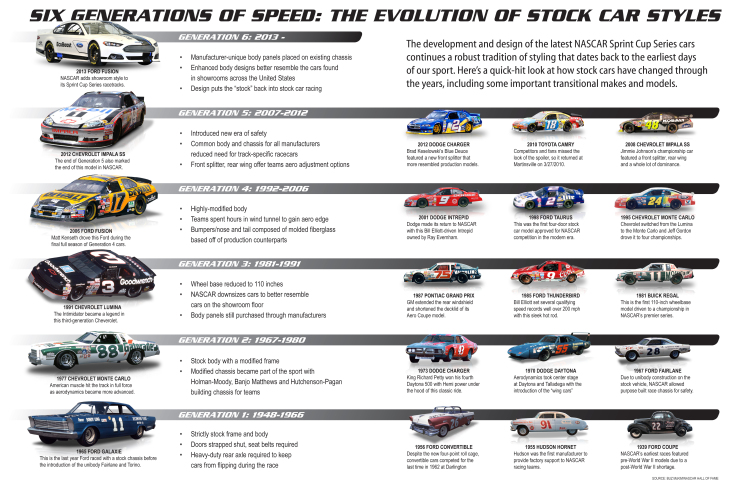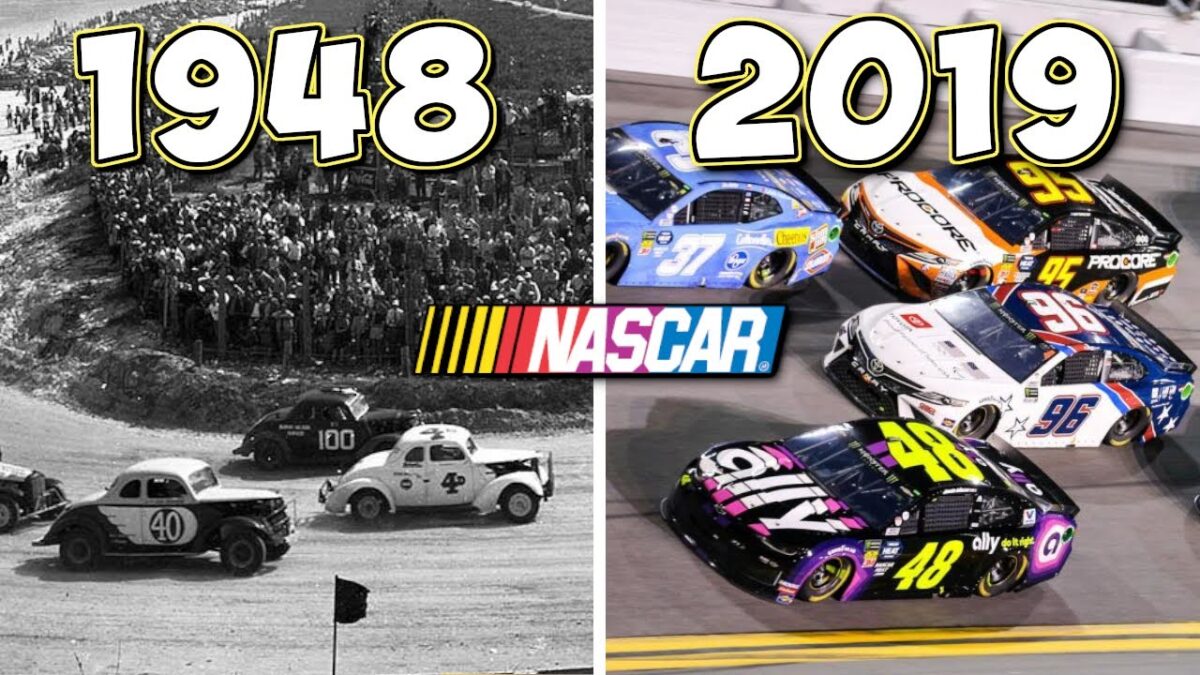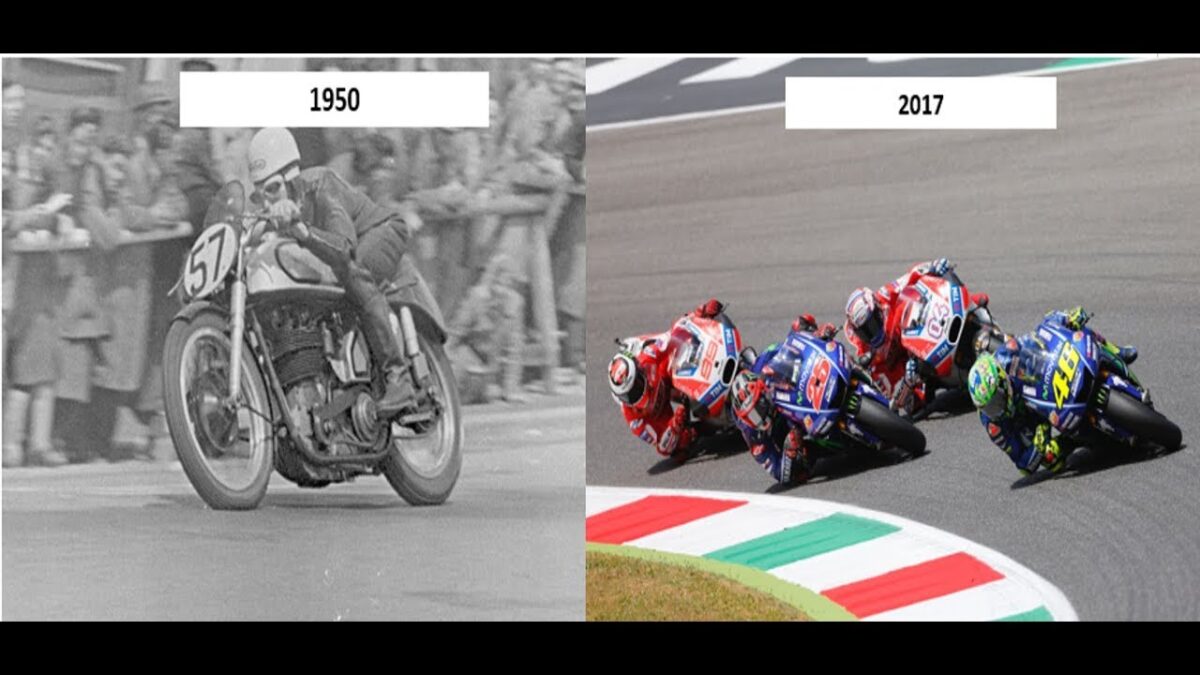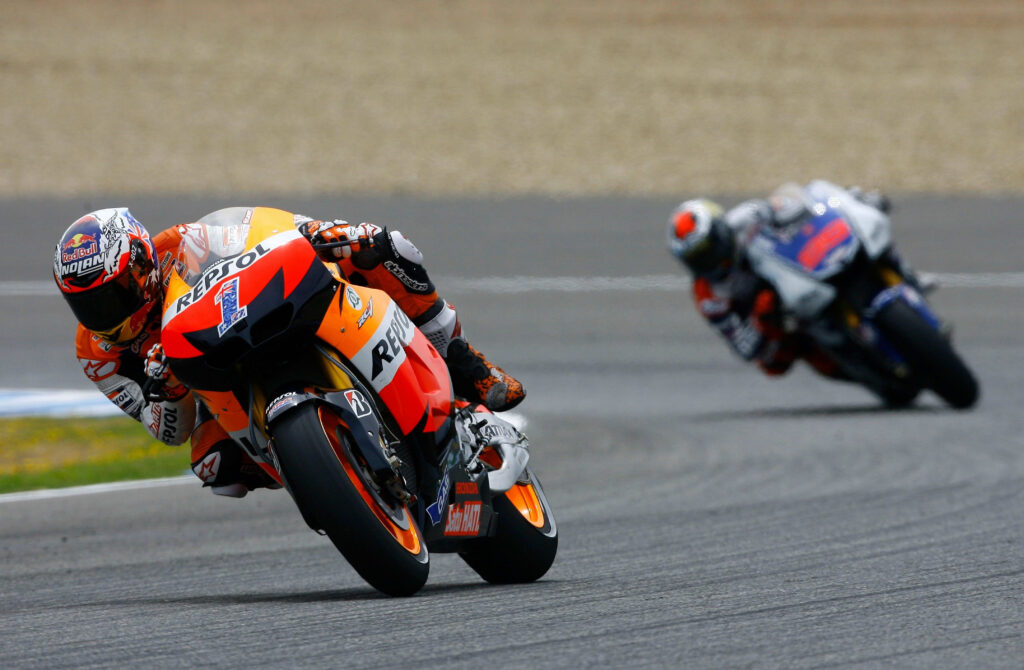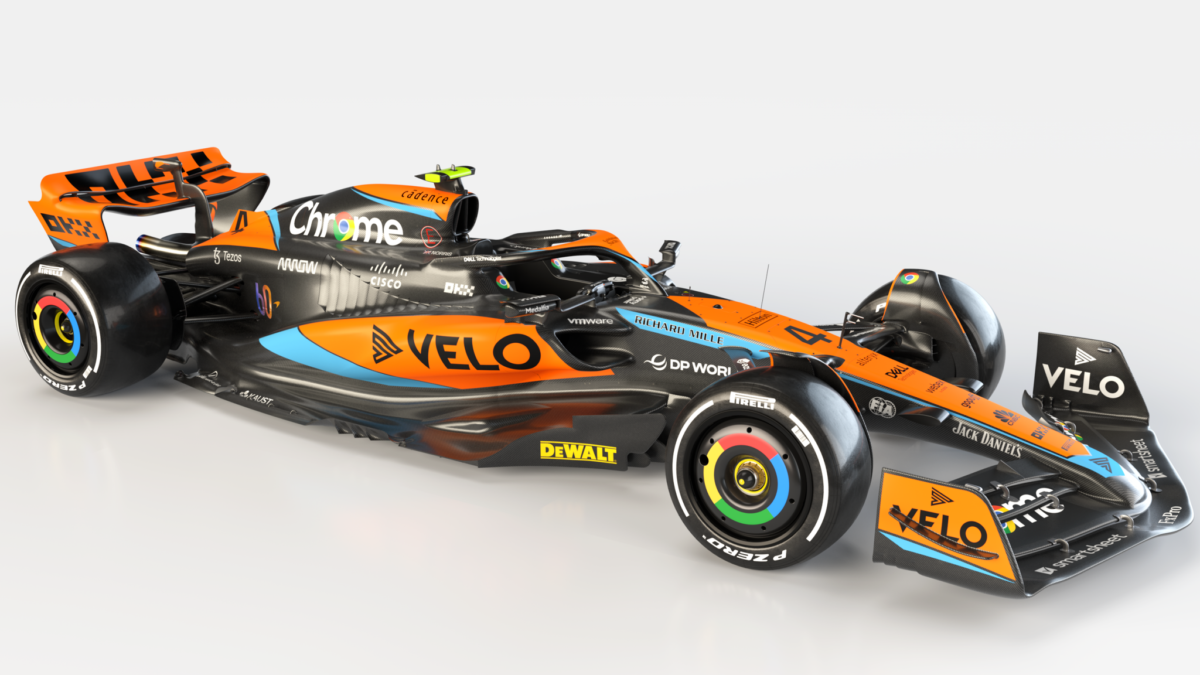The Evolution of NASCAR: From Moonshine Runners to High-Tech Machines
Introduction
The National Association for Stock Car Auto Racing (NASCAR) is more than just a sport; it’s a cultural phenomenon that has captivated fans for generations.
Known for its high speeds and exhilarating finishes, stock car racing has evolved dramatically since its inception.
This article delves into the fascinating evolution of NASCAR, exploring key aspects like vehicle design, NASCAR teams, speedways, and more.
The Humble Beginnings: Moonshine Runners
In the early years, NASCAR had a notorious yet romanticized origin tied to moonshine runners.
These drivers modified their cars to outrun law enforcement while transporting illegal alcohol.
Little did they know, these early innovations would pave the way for professional stock car racing.
The Birth of NASCAR
NASCAR was officially founded in 1948 by Bill France Sr., turning an outlaw activity into a sanctioned sport.
The first official race was held at the Daytona Beach Road Course, and it didn’t take long for the sport to catch the imagination of the public.
From these early races, NASCAR teams began to form, each aiming to dominate the fledgling sport.
Transition to Speedways
Initially, NASCAR events were held on dirt tracks or even on beaches.
However, as the sport gained popularity, specialized speedways were built to accommodate the growing fan base and increasing speeds.
Tracks like the Daytona International Speedway and Talladega Super speedway became iconic venues, each with its unique challenges and characteristics.
Technological Advancements: Beyond Stock Cars
Early stock cars were essentially modified versions of street-legal vehicles. However, with increasing sponsorships and investments, NASCAR teams began developing cars explicitly for racing.
This transition led to significant technological advancements, including aerodynamic designs, powerful V8 engines, and safety improvements like roll cages and HANS devices.
The Rise of NASCAR Teams
The formation and rise of NASCAR teams have been instrumental in propelling the sport to new heights.
Teams like Hendrick Motorsports, Joe Gibbs Racing, and Stewart-Haas Racing have become powerhouses, employing top drivers and engineers.
These teams push the envelope in terms of technology and strategy, making NASCAR more than just a test of driving skill—it’s a team effort.
NASCAR Playoffs: Adding a Competitive Edge
The introduction of the playoffs in 2004 brought a new layer of excitement to NASCAR.
Unlike traditional point systems, the playoff format allows the top drivers to compete in a series of races leading to the championship, making every race in the season count.
This format has made for some of the most thrilling moments in NASCAR history.
The Importance of Pole Position
Starting at the front of the pack, known as the pole position, has its advantages in NASCAR.
While it’s not a guarantee for success, drivers in pole position can control the race’s pace and avoid early mishaps.
This element adds another strategic layer to the sport, as teams invest time and resources to qualify for the coveted first-place start.
The Future: Towards Green Racing?
As sustainability becomes a global priority, even NASCAR is looking to reduce its carbon footprint.
Initiatives include using biofuels and exploring hybrid technologies.
While traditionalists may scoff at the idea, these steps show that NASCAR is evolving to meet the challenges of the 21st century.
Conclusion
From its moonshine-running roots to the high-tech marvels raced by professional NASCAR teams today, the sport has seen incredible growth and transformation.
With the addition of features like specialized speedways, playoffs, and pole positions, NASCAR has continually adapted to keep fans on the edge of their seats.
As technology and society continue to evolve, so too will NASCAR, cementing its place as one of the most exciting and enduring sports in American history.
